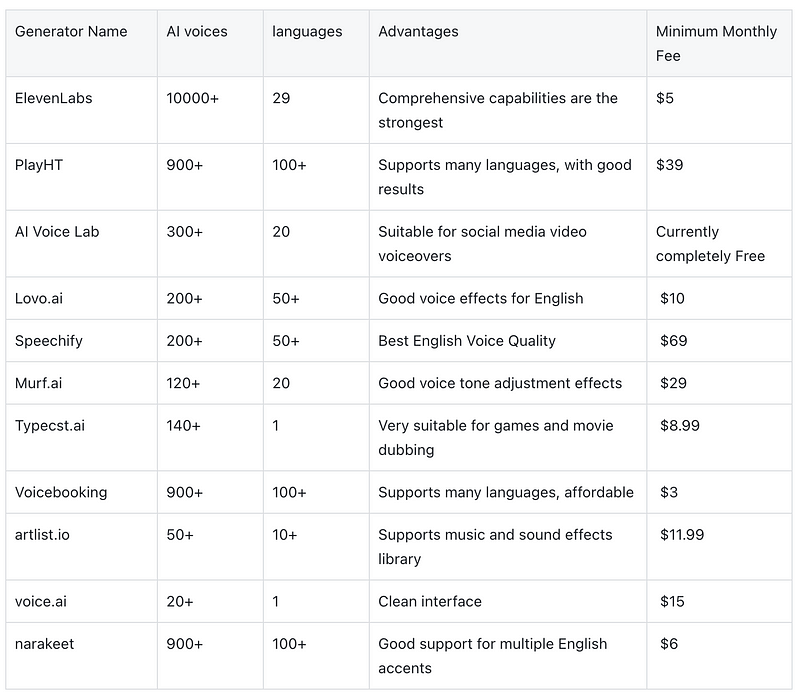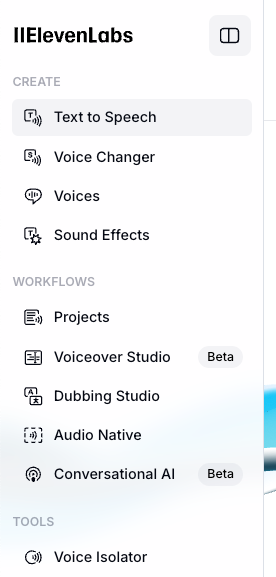

As we move into 2024, artificial intelligence continues to advance beyond the well-known developments in large language models like ChatGPT. Significant progress has been made in voice AI technology, introducing new capabilities such as more human-like text-to-speech conversion, video translation, 3-second voice cloning, AI voice changers, and AI-generated sound effects.
The applications for these AI voice tools have expanded considerably. They’re now being utilized in various scenarios, including real-time customer service calls, children’s audiobooks, podcast production, audiobook creation, and even meditation content development.
Among these AI voice generators, ElevenLabs is widely recognized as the most comprehensive platform, offering superior voice generation quality and the most robust overall capabilities. However, other competitors in this space have their own unique features and advantages that attract specific user bases. Based on my personal experience, I’ll introduce the 11 best AI text-to-speech tools available in 2024.
AI voice generators utilize deep learning, neural network technology, and large language models to convert input text into natural, fluent speech.
The definition of AI voice generators has evolved beyond simple text-to-speech conversion. Today’s AI voice tools encompass a broader range of capabilities, including:
These expanded functionalities have made AI voice generators increasingly versatile, enabling their application across diverse industries and use cases. Modern AI TTS systems can produce speech that’s nearly indistinguishable from human voices, making them valuable tools for content creators, businesses, and developers alike.


If you’re wondering who the most comprehensive leader in the AI voice industry is, you’ve certainly heard of ElevenLabs. With their industry-leading research team, they excel not only in text-to-speech synthesis but have also launched products in related areas such as voice cloning, video translation, AI sound effect synthesis, and unique AI voice creation.

Of course, they’re not without their flaws. What I find particularly puzzling is that despite having such a powerful team, their flagship text-to-speech tool doesn’t support basic adjustments like pitch and speech speed. While they do provide three parameter settings, I still haven’t fully figured out how to effectively use them.